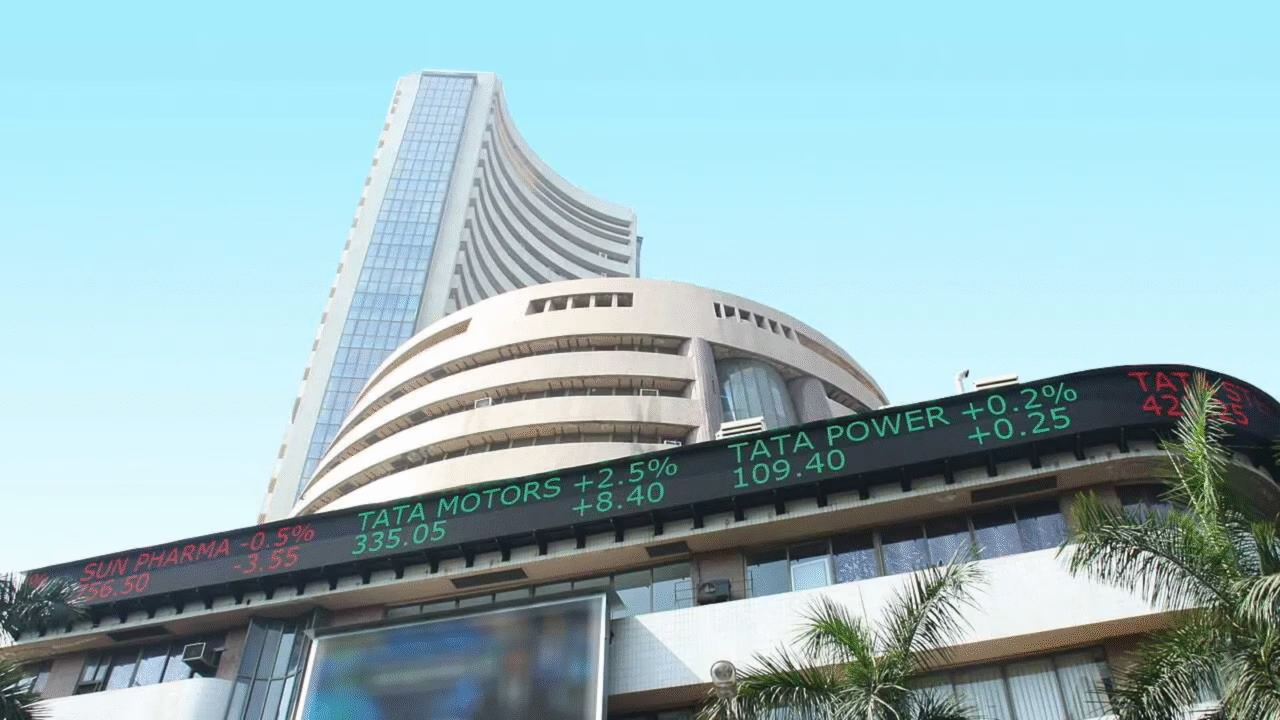The Indian stock market experienced a surge on Thursday as automotive shares soared following the GST Council’s recent decision. By reducing the tax rate on small cars and two-wheelers from 28% to 18%, the government has provided a significant boost to both consumers and automakers. This policy adjustment not only aims to stimulate demand in the mass-market segment but also caused auto stocks to rally by as much as 8% during intraday trading, with Mahindra & Mahindra (M&M) emerging as the top performer.
Why the Rally?
The automotive sector has been facing subdued demand in recent quarters, hindered by elevated interest rates, inflationary pressures, and cautious consumer spending. The GST reduction has effectively shifted the balance. For small passenger cars and motorcycles up to 350cc, the 10% tax decrease is anticipated to result in price reductions of 8–12%, making entry-level vehicles considerably more affordable.
Investors viewed this as a trigger for renewed demand, particularly in rural and semi-urban areas where affordability influences purchasing decisions. Consequently, the Nifty Auto index surged nearly 5%, surpassing the performance of the broader market.
M&M Takes the Lead
Among individual stocks, Mahindra & Mahindra (M&M) captured attention, climbing nearly 8%. The company holds a robust position in both the SUV and small car markets, and while SUVs will now incur a higher GST rate of 40%, M&M’s compact SUVs and budget-friendly models are poised to gain. Furthermore, the GST reduction is expected to indirectly enhance demand for tractors and utility vehicles, as rural incomes rise with the availability of cheaper two-wheelers and entry-level cars.
Other major automotive companies were not far behind:
Maruti Suzuki experienced an increase of over 6%, as its most popular compact models, including the Alto, WagonR, and Swift, fall neatly within the lower tax bracket.
Hero MotoCorp and Bajaj Auto each rose by 5–6%, indicating the significant advantage that two-wheeler manufacturers will gain in their core commuter segments.
Tata Motors saw a rise of nearly 4%, supported by positive sentiment surrounding its compact electric vehicle lineup, which will also gain from the new tax regulations.
Broader Industry Implications
The revision of GST is not merely a short-term catalyst—it reflects the government’s commitment to rejuvenate domestic consumption while simplifying the tax framework. The implications for the industry could be substantial:
Volume Growth: Sales of small cars and motorcycles may experience a boost during the forthcoming festive season, reversing months of lackluster performance.
Stock Re-Rating: Analysts anticipate upward adjustments in earnings projections for firms with robust small-vehicle offerings.
Shift in Consumer Preference: Compact cars and commuter motorcycles are likely to become more appealing compared to premium SUVs and larger motorcycles, potentially altering demand trends.
The SUV Counterbalance
Although the tax reduction favors smaller vehicles, the government has concurrently increased the GST on SUVs and larger cars to 40%, discouraging oversized vehicles and encouraging efficient transportation. This may temper demand in the premium segment; however, as analysts note, the removal of the previous cess means that the effective prices for certain luxury SUVs may not increase as dramatically as the headline rate implies.
The GST reduction serves as a timely boost for India’s automobile industry, particularly as it prepares for the festive season. With affordability restored, consumer confidence on the rise, and stock prices already reflecting optimism, the sector appears ready for a rebound.
For investors, the message is unequivocal: companies with strong portfolios in small cars and two-wheelers, such as M&M, Maruti, and Hero MotoCorp, are ideally positioned to capitalize on this growth opportunity.

